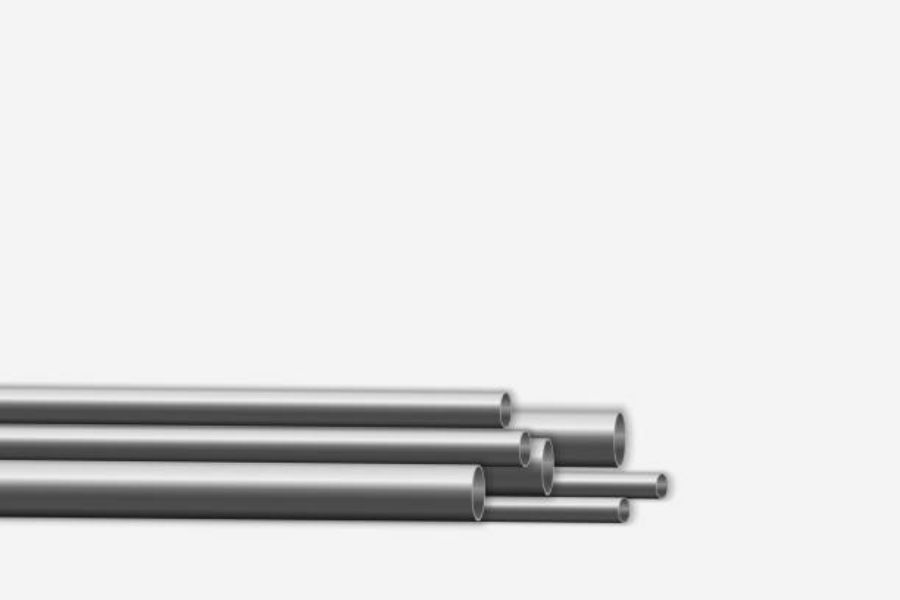Table of Contents

The Importance of Understanding Titanium Bar Price Per Kg
Titanium is a highly sought-after metal due to its exceptional strength, low density, and remarkable corrosion resistance. It finds extensive use in various industries, including aerospace, automotive, medical, and more. However, when it comes to purchasing titanium bars, one crucial factor to consider is the price per kilogram (kg). In this comprehensive guide, we will explore the key aspects related to titanium bar price per kg, including its determinants, market trends, and factors affecting fluctuations.
The Factors Affecting Titanium Bar Price Per Kg
Several factors contribute to the price fluctuations of titanium bars. Understanding these factors is essential for informed purchasing decisions. The following aspects play a significant role in determining the titanium bar price per kg:
1. Titanium Grade
Titanium is available in various grades, each with specific properties and applications. Higher-grade titanium, such as Grade 5 (Ti-6Al-4V), is usually more expensive due to its superior strength and corrosion resistance. Lower-grade titanium, like Grade 2 (Ti-CP), is more affordable but may not possess the same level of performance.
2. Market Demand and Supply
The demand for titanium bars in different industries affects their pricing. When the demand exceeds the available supply, prices tend to rise. Conversely, if the supply surpasses the demand, prices may decrease. Understanding the market dynamics is crucial in predicting price fluctuations.
3. Manufacturing and Processing Costs
The cost of manufacturing and processing titanium bars impacts their final price. Processes such as melting, forging, rolling, and heat treatment incur expenses that are passed on to the end consumer. Additionally, factors like labor costs, energy prices, and raw material availability also influence the overall cost.
4. Currency Exchange Rates
Titanium is a globally traded commodity. Fluctuations in currency exchange rates between the buyer's and seller's countries can impact the price per kg. Currency appreciation or depreciation can lead to significant changes in the final price.
5. Quantity and Order Size
The quantity of titanium bars purchased and the size of the order can affect the price per kg. Bulk orders often receive discounts, as they allow suppliers to streamline their production and reduce overhead costs. However, smaller orders or customized specifications may come at a higher price.
6. Market Competition
The presence of multiple suppliers and competitors in the market can influence titanium bar prices. Intense competition may lead to price wars, driving prices down. Conversely, limited competition can result in higher prices. It is essential to research and compare prices from different suppliers to get the best deal.
Current Trends in Titanium Bar Price Per Kg
Over the years, the price of titanium bars has witnessed fluctuations influenced by multiple factors. As of the latest market analysis, the titanium bar price per kg has been relatively stable, with a slight upward trend. The increasing demand for titanium in industries such as aerospace and medical, coupled with limited supply, has contributed to the overall stability of prices.
Conclusion
When purchasing titanium bars, understanding the price per kg is crucial for budgeting and making informed decisions. Factors such as titanium grade, market demand and supply, manufacturing costs, currency exchange rates, order size, and market competition all play a role in determining the price. Staying updated with current trends and conducting thorough research will help buyers secure the best value for their investment in titanium bars.
